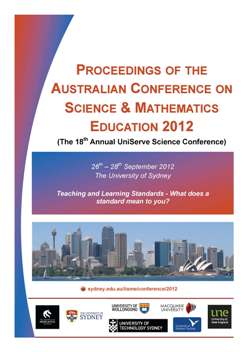Best practices in the use of learning outcomes in chemistry education
Abstract
Learning outcomes driven chemistry education is increasingly practiced, providing new opportunities for international comparisons. The interest in intended learning outcomes and constructive alignment has grown in many parts of the world due to both research in higher education (Biggs & Tang, 2011) and political decisions (e. g. the Bologna process in Europe). We will describe our steps towards a method for benchmarking (i.e. learning by sharing and comparing best practice) these outcomes, to enhance learner-centered chemistry education both in the developed and developing world. The project builds on and extends task group members’ experiences from national and international projects and draws on the international framework and multicultural competence of IUPAC’s Committee on Chemistry Education. Guiding chemistry education for the future requires the exchange of perspectives on core knowledge, skills and competencies. This project evaluates how learning outcomes for courses and modules are linked to each other and to learning outcomes for educational programs and how the expected learning outcomes can be aligned with learning activities and assessment. The comparison informs guidelines for self-evaluation, which focus on local learning outcomes for chemistry education including courses/modules, compared with national and/or international descriptors and with attention to alignment with learning activities and assessment. A full electronic report and manual for the benchmarking procedure will be produced at the conclusion of the project, including a collection of examples of good/best practice for dissemination. REFERENCES Biggs, J. B. & Tang, C. S. (2011). Teaching for quality learning at university: what the student does. Buckingham: Open University Press/Mc Graw-Hill Education.Downloads
Published
2012-08-28
Issue
Section
Abstracts
